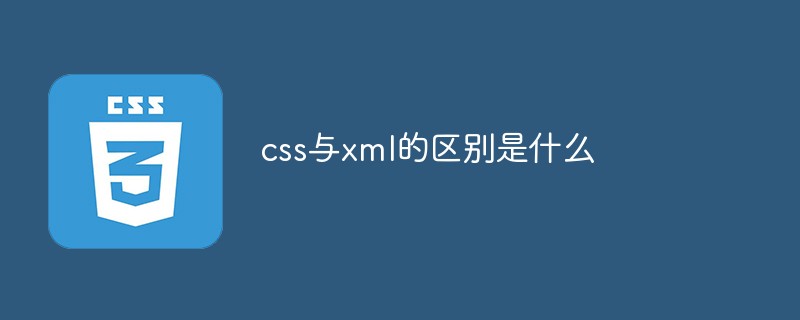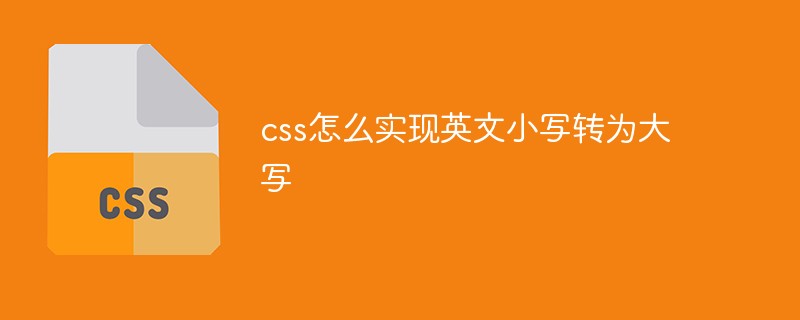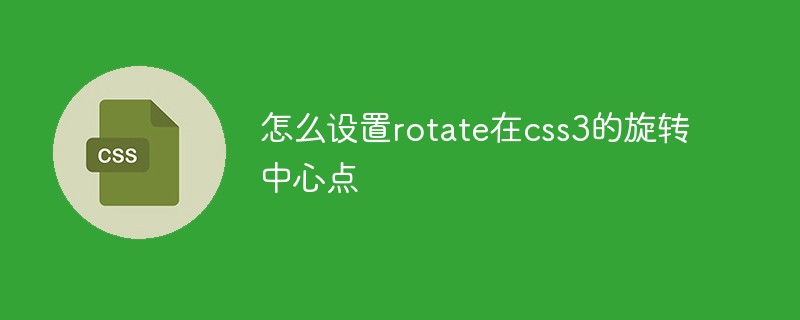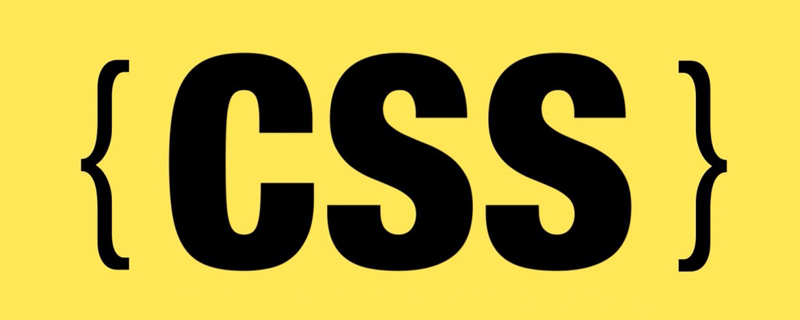
How to use CSS3 properties to create a web navigation bar?
In modern web design, the navigation bar plays a very important role on the page. It helps users quickly navigate to different pages or sections, improving user experience and website usability. CSS3 provides many new properties and techniques that make creating and designing navigation bars more flexible and fun. In this article, we will explore how to use CSS3 properties to create a web navigation bar.
- Use Flexbox layout: Flexbox is a newly introduced layout method in CSS3, which can simplify the layout and alignment of the navigation bar. Add the "display: flex" attribute to the parent container to automatically arrange the navigation bar's child elements in a horizontal or vertical direction. You can control the alignment of elements on the main and cross axes by setting the "justify-content" and "align-items" properties.
- Use gradient and shadow effects: By using the gradient and shadow properties of CSS3, you can add some modernity and depth effects to the navigation bar. Gradient background colors can be created using the "background-image" and "linear-gradient" properties, and translucency effects can be set using RGBA color values. Use the "box-shadow" attribute to add a shadow effect. By adjusting the color, position, and blur of the shadow, you can achieve different style effects.
- Use transition and animation effects: By using the transition and animation properties of CSS3, you can add some smooth and dynamic effects to the navigation bar. Use the "transition" attribute to define the transition effect of the element. When the mouse hovers or clicks on the navigation link, you can achieve a smooth transition by changing the background, color, font and other attributes. Use the "@keyframes" and "animation" attributes to create custom animation effects. You can define the key frames and duration of the animation to achieve dynamic effects of the navigation bar.
- Use responsive design: With the popularity of mobile devices, responsive design has become an important trend in web design. By using the media query properties of CSS3, the style and layout of the navigation bar can be adaptively adjusted according to different screen sizes and device types. You can use the "@media" and "max-width" attributes to set different style rules to accommodate different screen sizes and devices.
The above are just some basic techniques and ideas for using CSS3 properties to create web navigation bars. In fact, through in-depth study and practice, you can find that CSS3 provides many powerful properties and special effects, which can achieve more complex and unique navigation bar styles. Keep exploring and innovating, and I believe you can create an amazing web navigation bar.
The above is the detailed content of How to create a web navigation bar using CSS3 properties?. For more information, please follow other related articles on the PHP Chinese website!
 css ul标签怎么去掉圆点Apr 25, 2022 pm 05:55 PM
css ul标签怎么去掉圆点Apr 25, 2022 pm 05:55 PM在css中,可用list-style-type属性来去掉ul的圆点标记,语法为“ul{list-style-type:none}”;list-style-type属性可设置列表项标记的类型,当值为“none”可不定义标记,也可去除已有标记。
 css与xml的区别是什么Apr 24, 2022 am 11:21 AM
css与xml的区别是什么Apr 24, 2022 am 11:21 AM区别是:css是层叠样式表单,是将样式信息与网页内容分离的一种标记语言,主要用来设计网页的样式,还可以对网页各元素进行格式化;xml是可扩展标记语言,是一种数据存储语言,用于使用简单的标记描述数据,将文档分成许多部件并对这些部件加以标识。
 css3怎么实现鼠标隐藏效果Apr 27, 2022 pm 05:20 PM
css3怎么实现鼠标隐藏效果Apr 27, 2022 pm 05:20 PM在css中,可以利用cursor属性实现鼠标隐藏效果,该属性用于定义鼠标指针放在一个元素边界范围内时所用的光标形状,当属性值设置为none时,就可以实现鼠标隐藏效果,语法为“元素{cursor:none}”。
 rtl在css是什么意思Apr 24, 2022 am 11:07 AM
rtl在css是什么意思Apr 24, 2022 am 11:07 AM在css中,rtl是“right-to-left”的缩写,是从右往左的意思,指的是内联内容从右往左依次排布,是direction属性的一个属性值;该属性规定了文本的方向和书写方向,语法为“元素{direction:rtl}”。
 css怎么实现英文小写转为大写Apr 25, 2022 pm 06:35 PM
css怎么实现英文小写转为大写Apr 25, 2022 pm 06:35 PM转换方法:1、给英文元素添加“text-transform: uppercase;”样式,可将所有的英文字母都变成大写;2、给英文元素添加“text-transform:capitalize;”样式,可将英文文本中每个单词的首字母变为大写。
 css怎么设置i不是斜体Apr 20, 2022 am 10:36 AM
css怎么设置i不是斜体Apr 20, 2022 am 10:36 AM在css中,可以利用“font-style”属性设置i元素不是斜体样式,该属性用于指定文本的字体样式,当属性值设置为“normal”时,会显示元素的标准字体样式,语法为“i元素{font-style:normal}”。
 怎么设置rotate在css3的旋转中心点Apr 24, 2022 am 10:50 AM
怎么设置rotate在css3的旋转中心点Apr 24, 2022 am 10:50 AM在css3中,可以用“transform-origin”属性设置rotate的旋转中心点,该属性可更改转换元素的位置,第一个参数设置x轴的旋转位置,第二个参数设置y轴旋转位置,语法为“transform-origin:x轴位置 y轴位置”。


Hot AI Tools

Undresser.AI Undress
AI-powered app for creating realistic nude photos

AI Clothes Remover
Online AI tool for removing clothes from photos.

Undress AI Tool
Undress images for free

Clothoff.io
AI clothes remover

AI Hentai Generator
Generate AI Hentai for free.

Hot Article

Hot Tools

SAP NetWeaver Server Adapter for Eclipse
Integrate Eclipse with SAP NetWeaver application server.

MinGW - Minimalist GNU for Windows
This project is in the process of being migrated to osdn.net/projects/mingw, you can continue to follow us there. MinGW: A native Windows port of the GNU Compiler Collection (GCC), freely distributable import libraries and header files for building native Windows applications; includes extensions to the MSVC runtime to support C99 functionality. All MinGW software can run on 64-bit Windows platforms.

VSCode Windows 64-bit Download
A free and powerful IDE editor launched by Microsoft

MantisBT
Mantis is an easy-to-deploy web-based defect tracking tool designed to aid in product defect tracking. It requires PHP, MySQL and a web server. Check out our demo and hosting services.

mPDF
mPDF is a PHP library that can generate PDF files from UTF-8 encoded HTML. The original author, Ian Back, wrote mPDF to output PDF files "on the fly" from his website and handle different languages. It is slower than original scripts like HTML2FPDF and produces larger files when using Unicode fonts, but supports CSS styles etc. and has a lot of enhancements. Supports almost all languages, including RTL (Arabic and Hebrew) and CJK (Chinese, Japanese and Korean). Supports nested block-level elements (such as P, DIV),







